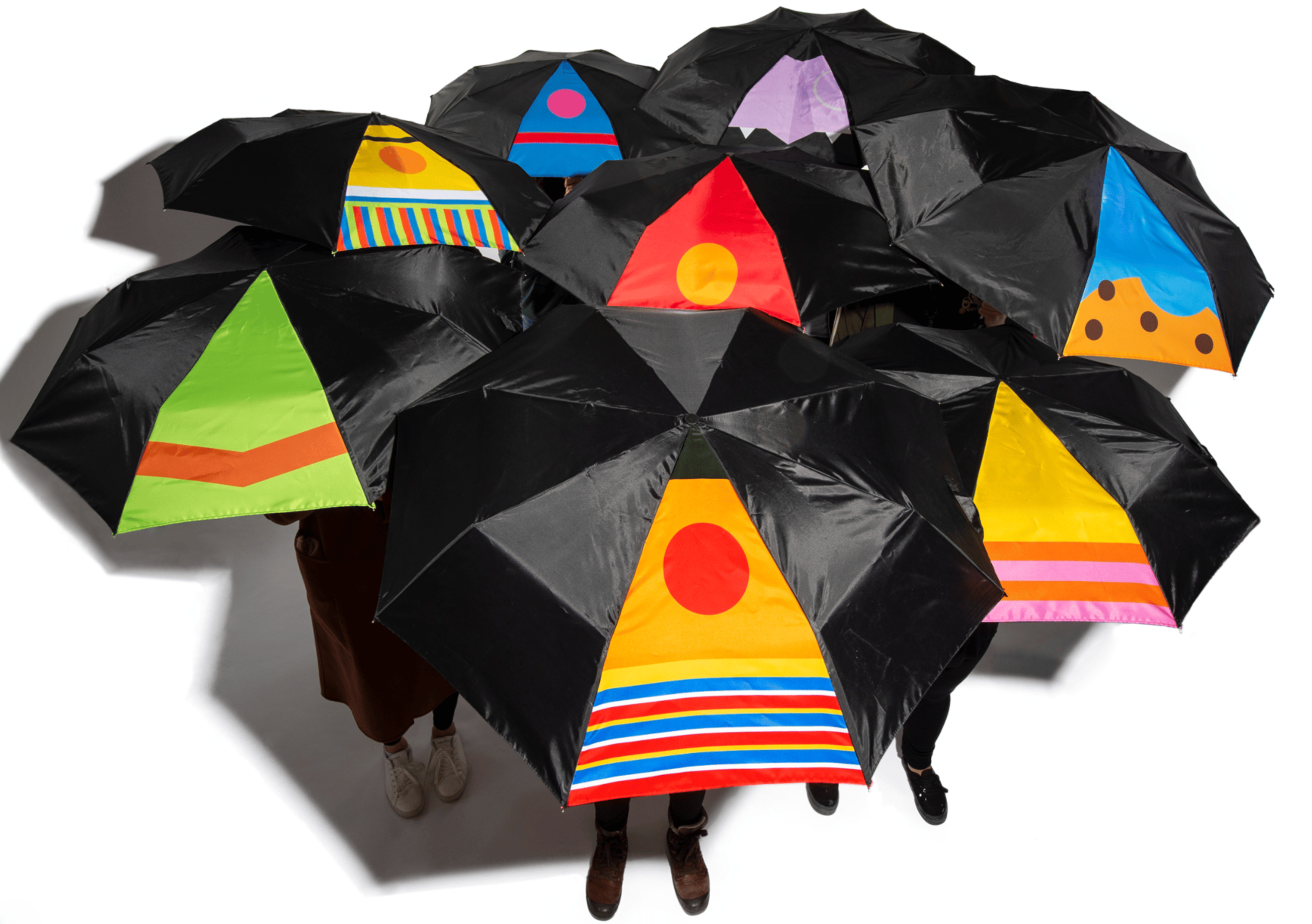Finding Your Visual Identity

When I was an undergrad studying industrial design, I struggled with my visual identity, my brand. I was the minimalist lover, drawn to sans-serif fonts, black and white, and a whole lot of emptiness. While there are many designers who embrace this style—as I once did—it didn’t reflect who I was.
It wasn’t until a few years ago, when I “discovered” my visual identity. I hestitate to even call it “identity” because it sounds like I have a clear idea, and frankly, I don’t want to confine myself to a theme. (This is probably one of the reasons why I struggled to express myself through my portfolio.) I couldn’t commit, and it was most likely a reflection of what I was going through at the time. Confusion and lack of confidence.
Back then, I didn’t realize that the collection of things that I liked would naturally form a theme, a pattern that represents me, and eventually become a visual identity. Not all things harmonize perfectly, but it is truly in the process of finding balance amongst the different elements that ultimately creates a cohesive theme, what we call a brand.

I leaned into minimalism out of cluelessness. Following rules was somewhat easy, and that is what minimalism is. Each design decision has to be precise and intentional because there aren’t many elements to draw the viewer’s attention. I’ve never been much of a rule follower. I was, and I am, stubborn. My soul yearned to make the world beautiful, despite my parents’ strong wishes for me not to pursue design. And to me, minimalism isn’t that.
Instead of trying to define myself, I began building my website by placing elements I thought looked cool or cute. Even in real life, my home is scattered with random objects. Some gifted by people I love, others picked up during my travels or on random antique shopping sprees. Not everyone finds them charming as I do and that’s okay. Some people might not love my choice of Garamond for my (previous) website, but I’ll bet some grandmillenial enthusiasts would approve.
In the same spirit, when building a portfolio and defining your brand, don’t focus on potential employers who might “judge” your work. Your vibe might not vibe with theirs but a good designer will respect that. Your website, your portfolio is your playground. It is an opportunity to showcase your ability to express ideas, your personality, and to demonstrate your creative confidence. If you’re worried about pigeonholing yourself to a style, remember you can illustrate all the different styles you are capable of mastering through your projects.
Some mentors will encourage you to think about who you are. Personally, that didn’t help me. There’s been research showing that excessive self-focus can lead into a mental rut. If that’s the case, don’t think about yourself, just create. Treat your website as another sketchbook.
Go ham and then refine.
